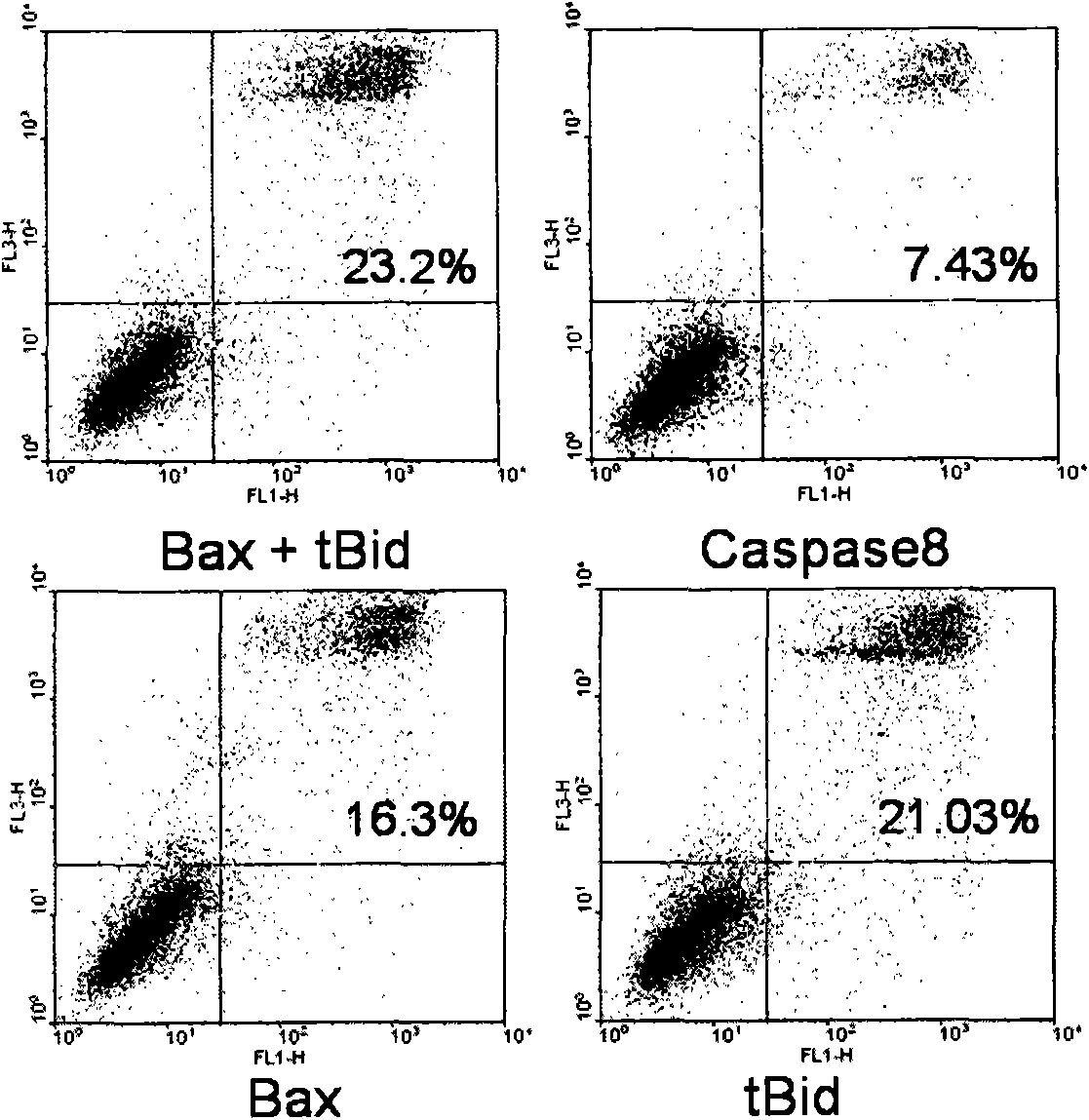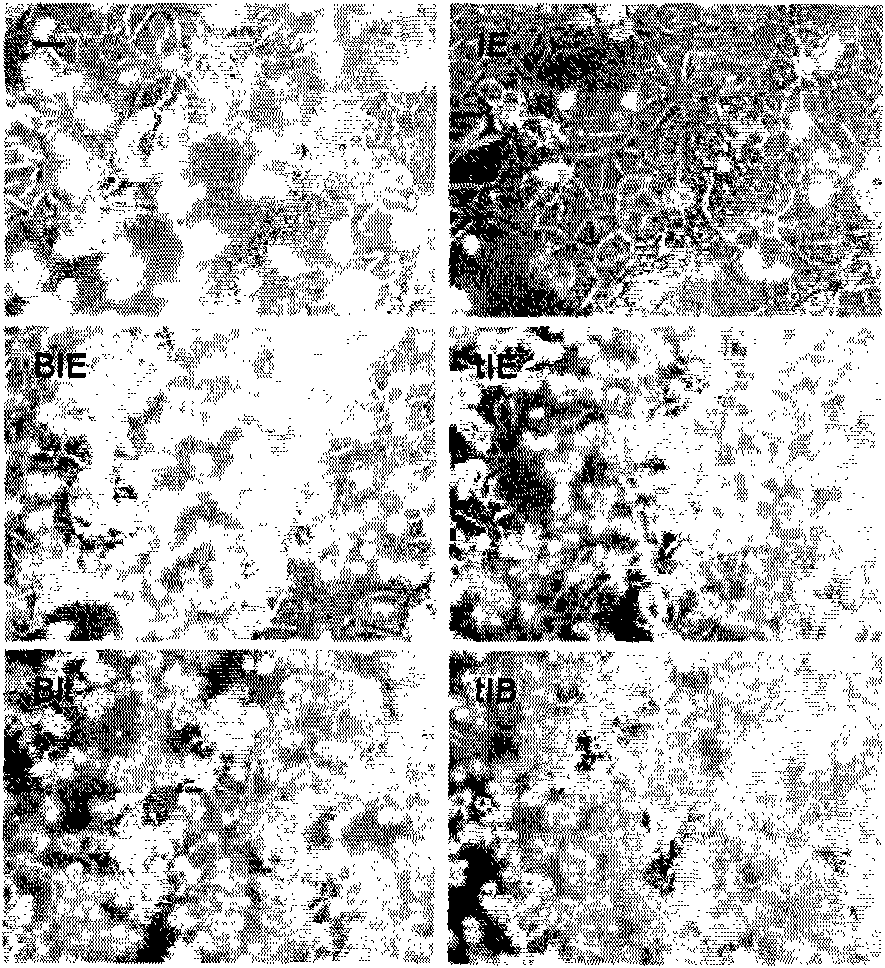Transgenosis construct and application thereof in preparing space-time adjustable liver damage model
A technology for liver injury and construction, applied to cells modified by introducing foreign genetic material, using vectors to introduce foreign genetic material, animal husbandry, etc.
- Summary
- Abstract
- Description
- Claims
- Application Information
AI Technical Summary
Problems solved by technology
Method used
Image
Examples
preparation example Construction
[0070] Preparation of animal models
[0071] After obtaining the transgenic construct, the linearized construct can be transferred into fertilized eggs by conventional methods. After the offspring animals are born, various methods known in the art (including but not limited to PCR detection, Southern blotting, etc.) can be used to identify whether the transgene construct is integrated into their genomes, so as to obtain transgenic animals.
[0072]Therefore, the present invention also provides a method for preparing a spatiotemporal adjustable liver injury model, the method comprising: (1) introducing the construct 1 according to claim 1 into fertilized eggs of non-human mammals; The fertilized eggs with the construct are transferred into the fallopian tubes of pseudopregnant non-human mammals to continue to develop to generate non-human mammals with the construct 1 described in claim 1 integrated in the genome; (2) claim The construct 2 described in 1 is introduced into a fe...
Embodiment 1
[0099] Example 1. Determination of genes most suitable for inducing apoptosis of hepatocytes
[0100] It is known that many genes can induce apoptosis, and in this example, the most suitable gene for inducing apoptosis of hepatocytes is selected first.
[0101] Using the conventional FACS method, the three genes Caspase 8, Bax, tBid were compared for their ability to induce hepatic cell apoptosis, and the most suitable gene was determined. Caspase 8, Bax, and tBid were respectively cloned into the vector pcDNA3.1 (purchased from Invitrogen). Using mouse liver cDNA as a template, the primer sequences are respectively (the upstream primer sets the Eco RI site, and the downstream primer sets the XhoI site):
[0102] Caspase 8F (SEQ ID NO: 2):
[0103] CTCT GAATTC CCATGGATTTCCAGAGTTGTCTTTTATGC;
[0104] Caspase 8R (SEQ ID NO: 3):
[0105] GCAC CTCGAG TTAGGGAGGGAAGAAGAGCTTCTT;
[0106] Bax F (SEQ ID NO: 4):
[0107] GCAG GAATTC CCATGGACGGGTCCGGGGAG;
[0108] Bax R (SEQ...
Embodiment 2
[0116] Example 2. Construction of transgenic vector
[0117] The tBid and Bax genes were amplified from mouse liver cDNA by PCR and connected to pMD18T-simple vector.
[0118] The primer sequences are as follows:
[0119] tBid F (SEQ ID NO: 8):
[0120] 5'-ATATAGATCTACCATGGGCAGCCAGGCCA-3';
[0121] tBid R (SEQ ID NO: 7):
[0122] 5'-GCGCCTCGAGTCAGTCCATCTCGTTTCTAACCAAG-3';
[0123] Bax F (SEQ ID NO: 9):
[0124] 5'-ATATAGATCTACCATGGACGGGTCCGGG-3';
[0125] Bax R (SEQ ID NO: 5):
[0126] 5'-GTGGCTCGAGTCAGCCCATCTTTCTTCCAGATGG-3'.
[0127] The PCR amplification conditions were as follows:
[0128] tBid: first 94°C, 5min; then 94°C, 30s; 56°C, 30s; 72°C, 30s; 30 cycles; finally 72°C, 10min.
[0129] Bax: first 94°C, 5min; then 94°C, 30s; 58°C, 30s; 72°C, 30s; 30 cycles; finally 72°C, 10min.
[0130]Cut the IRES sequence from pIRES2-EGFP with BglII and NcoI, and connect it to the corresponding site in pET28a to obtain pET28a-IRES; then use PCR to amplify Bax and tBid from ...
PUM
 Login to View More
Login to View More Abstract
Description
Claims
Application Information
 Login to View More
Login to View More - R&D
- Intellectual Property
- Life Sciences
- Materials
- Tech Scout
- Unparalleled Data Quality
- Higher Quality Content
- 60% Fewer Hallucinations
Browse by: Latest US Patents, China's latest patents, Technical Efficacy Thesaurus, Application Domain, Technology Topic, Popular Technical Reports.
© 2025 PatSnap. All rights reserved.Legal|Privacy policy|Modern Slavery Act Transparency Statement|Sitemap|About US| Contact US: help@patsnap.com



